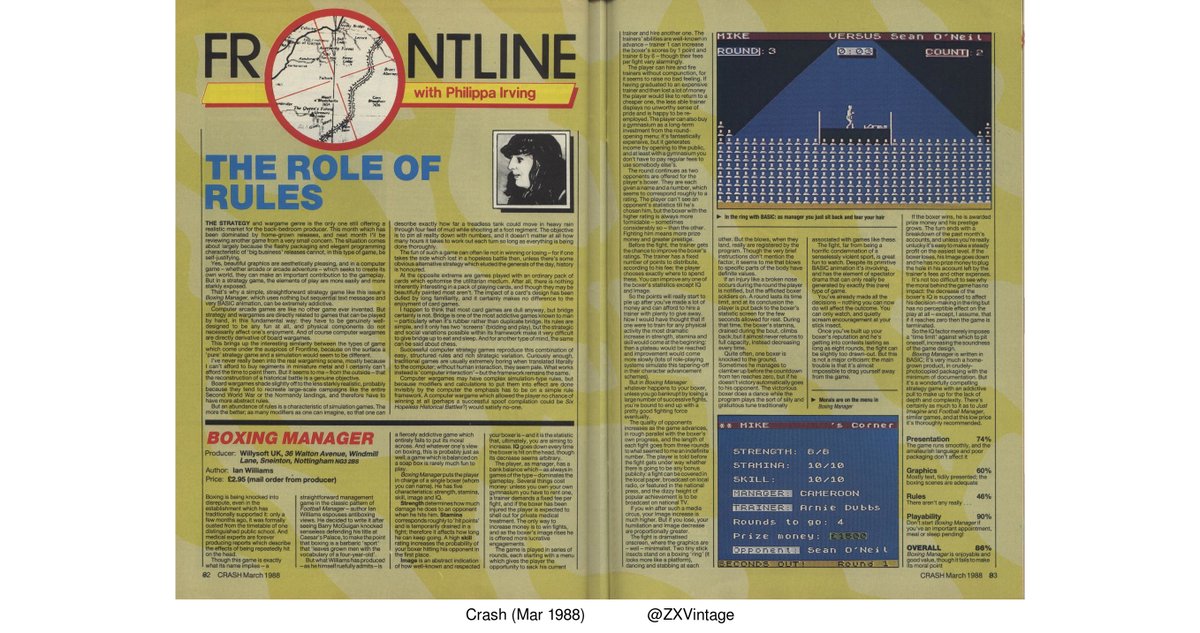
Inside of the computer with the 3″ FDD removed. The drive is relatively simple to remove, and is only held in place by a screw, a grounding cable, a power cable, and a parallel data cable. These drives are belt-driven, and use a rubber belt which is particularly prone to ageing – it’s very likely that the belt would have failed, so I didn’t even bother to test the drive before I pulled it for servicing. The ZX Spectrum 128k+3 has a 3″ FDD, which is a proprietary Amstrad drive which uses uncommon 3″ floppy disks. #4: Replace all the electrolytic capacitors on the mainboard. #3: Fix the RGB SCART blanking issues associated with the factory ZX Spectrum 128k+3. #2: Fix the audio distortion issues associated with the factory ZX Spectrum 128k+3.

Now that the machine had been returned to stock, I planned out the servicing, preventative maintenance, and upgrades that I wanted to perform, as follows: Inside of the computer following the removal of the composite video modification. The phono jack cabling was attached to the upper side of the PCB, so I didn’t even have to pull the board at this point – desoldering the two cores was a simple task. Inside of the computer before restoration. The first step was to remove this ugly modification, which required dismantling the computer – the ZX Spectrum 128k+3 is relatively simple to pull apart, with five screws on the underside of the case, and two screws alongside the FDD. Initial testing – computer boots normally, with noticeable ghosting on RGB video.

The computer arrived safely, and appeared to be in original condition except for the addition of a phono jack sticking out the rear case, which I assume was used as a composite video output.Īfter checking that the output voltages on the PSU were as expected, a quick power-on test plugged into the RGB port revealed that the computer seemed to boot up fine.

The ZX Spectrum 128k+3 was one of the later machines produced by Sinclair, and was the first Sinclair computer that was completely designed by Amstrad – it was very similar to the ZX Spectrum 128k+2A, but featured a 3″ FDD instead of a tape deck. I’ve owned several different Sinclair ZX Spectrum computers over the past couple of years, but I hadn’t got my hands on a 128k+3 at this point, so I set about looking to get one for my collection – eventually, a machine in good, boxed, but untested condition with peripherals popped up on eBay, and I managed to win it for a reasonable price.


 0 kommentar(er)
0 kommentar(er)
